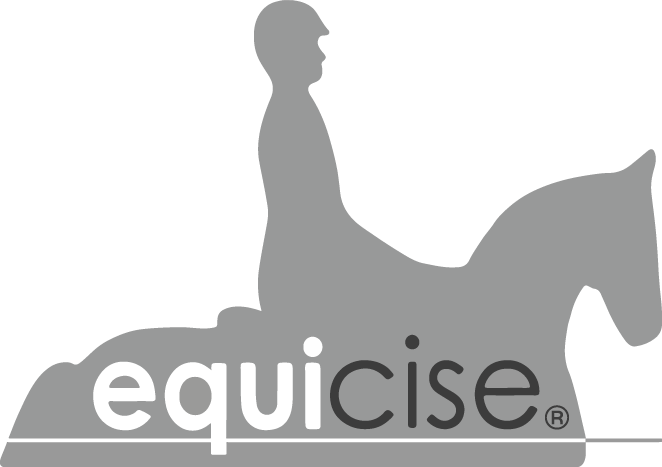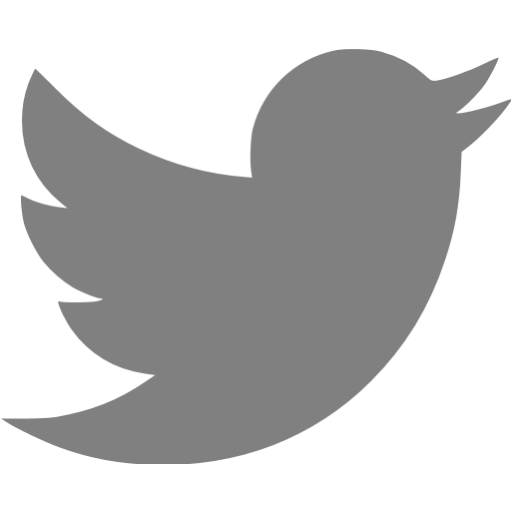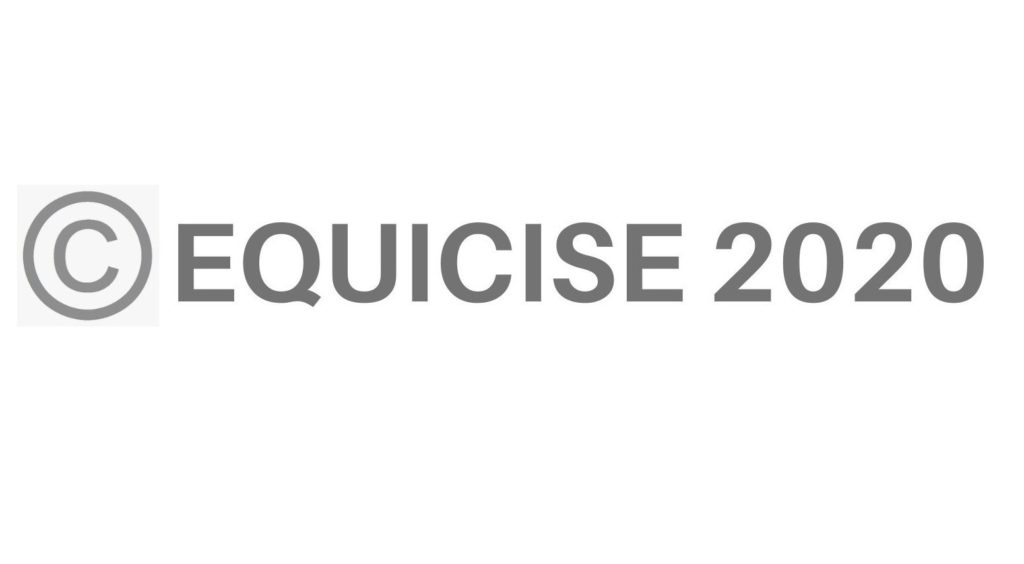01 Jun 20. Straightness
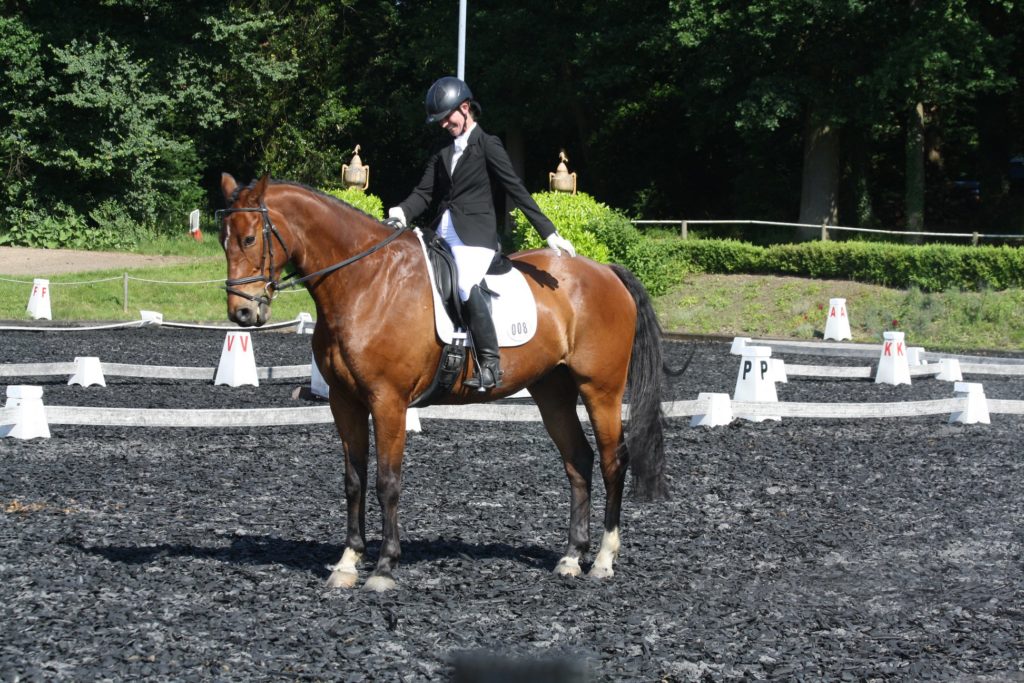
The training tree or training scale for horses which seeks to explain the basic training of a horse for any discipline, including the Olympic disciplines of dressage, show jumping and eventing, was first set out in the German Equestrian Federation Official Training Manual (Heeresdienstvorschrift), published in 1912. It took a few decades, however, for the process to be condensed to the six components that are widely recognised today: rhythm, relaxation, contact, impulsion, straightness and collection.
This time, we look at straightness which, in the equestrian world, denotes the positioning of the horse’s body such that its hind feet track into the hoof prints of its front feet. It also requires the horse to be even on both reins and able to bend equally to the left and to the right. This is more challenging than it might sound as, just as with humans, horses are naturally crooked, so helping them develop equal ability/flexibility on both sides is fundamental to ensuring their long term health and wellbeing. A crooked, one-sided horse will be more susceptible to lameness (due to wear and tear on joints, tendons and ligaments), so it is important to ensure that you help your horse to develop the muscles on its weaker side, a process that is likely to require stronger aids initially until progress has been made.
Before you start addressing the issue of straightness, however, your horse should already be able to work in a steady rhythm on both reins and in a relaxed and balanced manner, while moving freely forward and accepting a contact.
As a starting point, you will need also to ensure that your own position is correct as it would be unfair to expect your horse to be straight if you are not. As we have discussed previously (Article 2 Improving your upper body position, Article 3 Improving your lower body position, Article 4 Becoming more balanced in the saddle and Article 10 Improving your balance), we often believe we are sitting correctly when in fact we may be leaning too far forward or to one side, so it is helpful to check your position by asking your instructor, using mirrors or practising on an equine simulator which will allow you to monitor yourself through the information that is generated on screen.
Nor can you expect your horse to move in a correct frame if it is crooked; as we know, impulsion comes from the hind quarters and you also need first to focus on the correct use of the hind legs in order to enable straightness. You can help your horse by ensuring you are sitting equally on both seat bones, with your shoulders level and by checking that you are not leaning forward or to the inside as you ride corners. Using your eyes correctly will also help; remember too to keep your head up as looking down – for example to see if you have a contact – will make a difference to your horse’s balance. Also make sure you are looking in the direction you are going – indeed, looking several strides ahead – so that when you wish to turn, you will be communicating your intention to your horse through the shift in your position. And when riding a circle, remember that your horse’s inside bend should be such that the inside eye is barely visible – too much bend and you will lose the straightness as well as the outside rein connection.
Developing the ability to maintain a steady but elastic contact with the outside rein (with just a very light contact on the inside rein) will help your horse to become straighter, as long as the hind quarters are engaged and providing the energy. One common problem is lack of contact on the outside rein, suggesting the hind quarters are not working hard enough, perhaps because of insufficient leg aids from the rider or because the horse is not responding – if the latter, a tap with a schooling whip will reinforce the leg aid and help prevent it becoming dead to the leg. Conversely, some riders tend to hang onto the outside rein too much, rather than ensuring the energy is coming from the hind quarters. If your horse speeds up when you ask it to be more forward, it may indicate a lack of balance or simply a misunderstanding of your leg aids.
As riders, we know all about muscle memory and how we need to re-educate our bodies to ensure we are straight, a process that takes time and effort. The same is true for your horse. Exercises to help straightness include circles, leg yielding, shoulder in and counter canter, while riding serpentines is also very beneficial.
An excellent way to correct your own asymmetry is to practise on the EQUICISE, which allows you to work on your position without any external distractions or having to cope with the reactions of a real horse so you can focus entirely on yourself. The simulator gives a realistic feeling of walking, trotting and cantering with two tempis in each pace and responds to hand, leg and seat aids, thanks to sensors which monitor your movements and display the results on the screen in front of you. You are able to ride a two minute ‘Test Ride’ which will produce a (printable) chart showing how your balance changes in the different paces, variations in your rein contact and movement of your legs at all paces. It is a very useful tool for spotting imbalances, allowing you then to decide, with guidance from your EQUICISE instructor, which are the most appropriate exercises to address your particular weaknesses. At the end of your lesson you can repeat the ‘Test Ride’ and you will certainly be delighted with the progress you have made.
Like most equestrian challenges, improving your straightness is not going to take just one session on the EQUICISE, but if you are determined to iron out those bad habits (we all know how easy it is to slip back into them), you will be prepared to put in the extra time and effort.
Book a LESSON on the EQUICISE and see how it will help improve your riding and your partnership with your horse.
PRACTISE THIS ON THE SIMULATOR
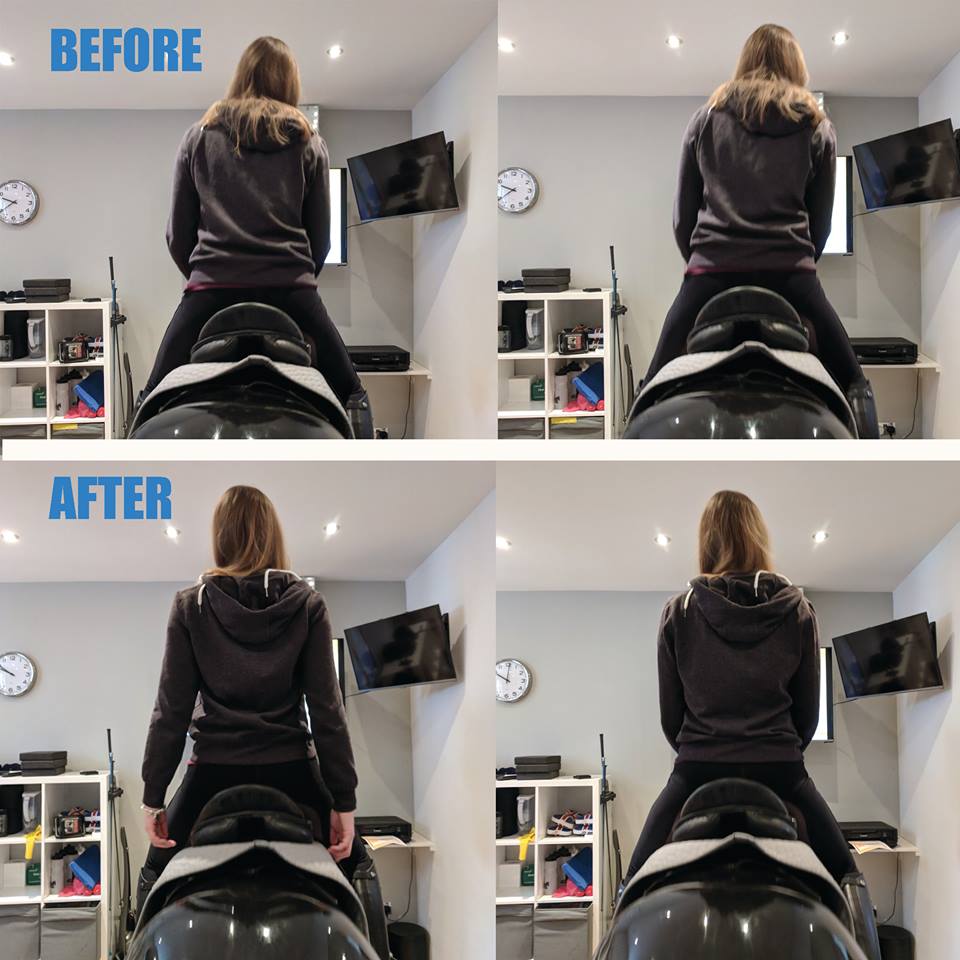
This is a surprisingly complex exercise with a very simple explanation: Use the mirrors! Have a look at the top mirror, you will e able to see your back on the mirror behind you. You will be able to spot asymmetries on your shoulders, hips and arms. The red dot on the screen will show asymmetries on your weight distribution on the saddle. Keep focusing on staying straight - we highly recommend that you do this with the help of an instructor, who will be able to give you specific exercises for your type of asymmetry. In half an hour you should already be able to see dramatic changes in your posture.
PRACTISE THIS ON THE SIMULATOR

This is a surprisingly complex exercise with a very simple explanation: Use the mirrors! Have a look at the top mirror, you will e able to see your back on the mirror behind you. You will be able to spot asymmetries on your shoulders, hips and arms. The red dot on the screen will show asymmetries on your weight distribution on the saddle. Keep focusing on staying straight - we highly recommend that you do this with the help of an instructor, who will be able to give you specific exercises for your type of asymmetry. In half an hour you should already be able to see dramatic changes in your posture.

